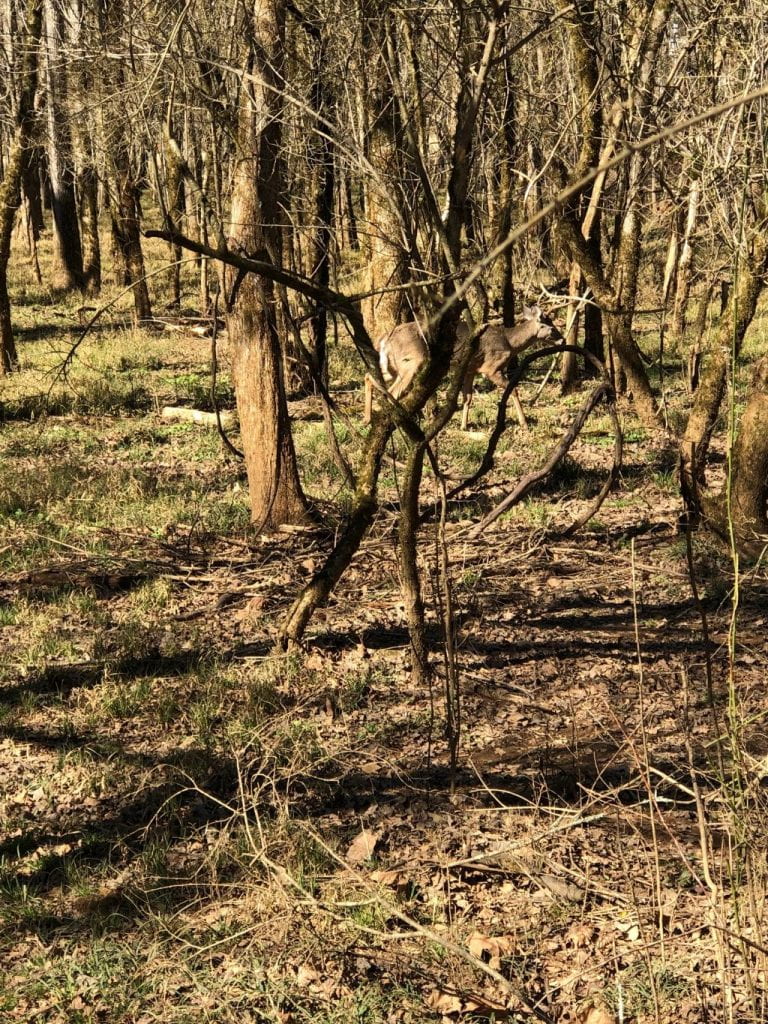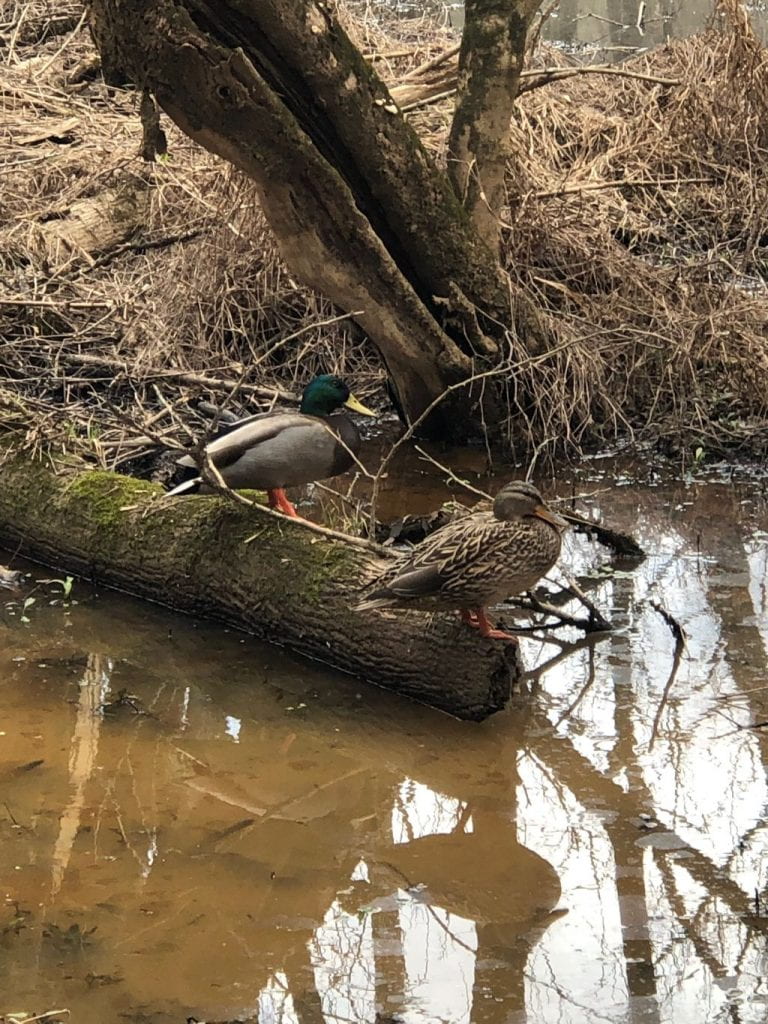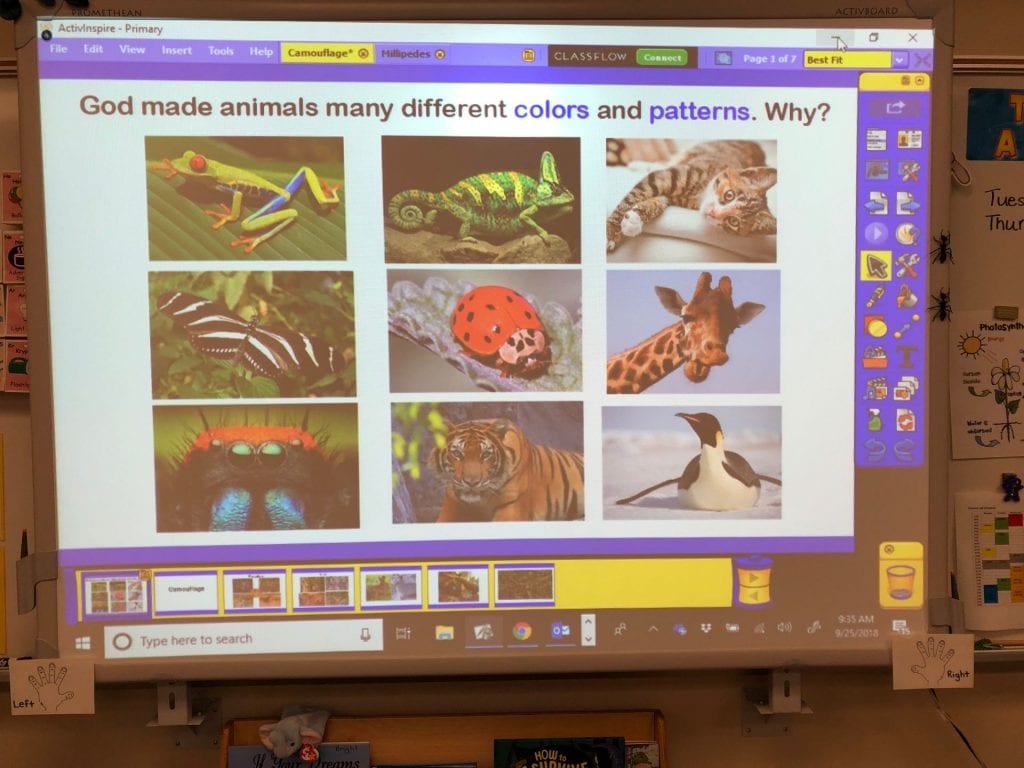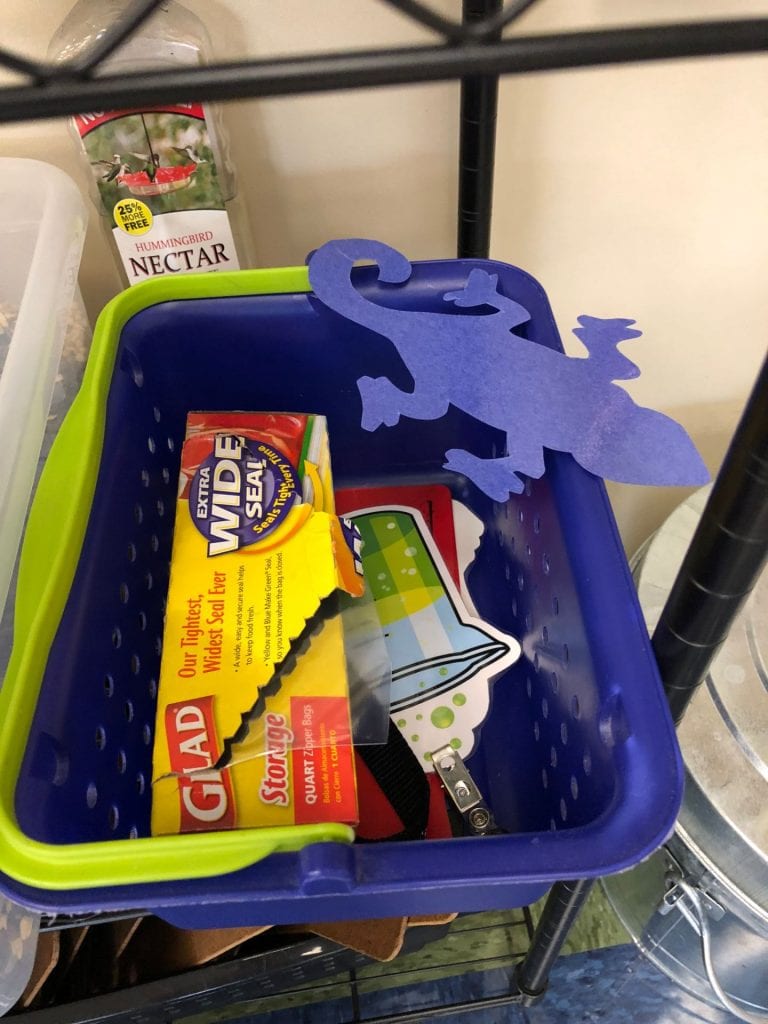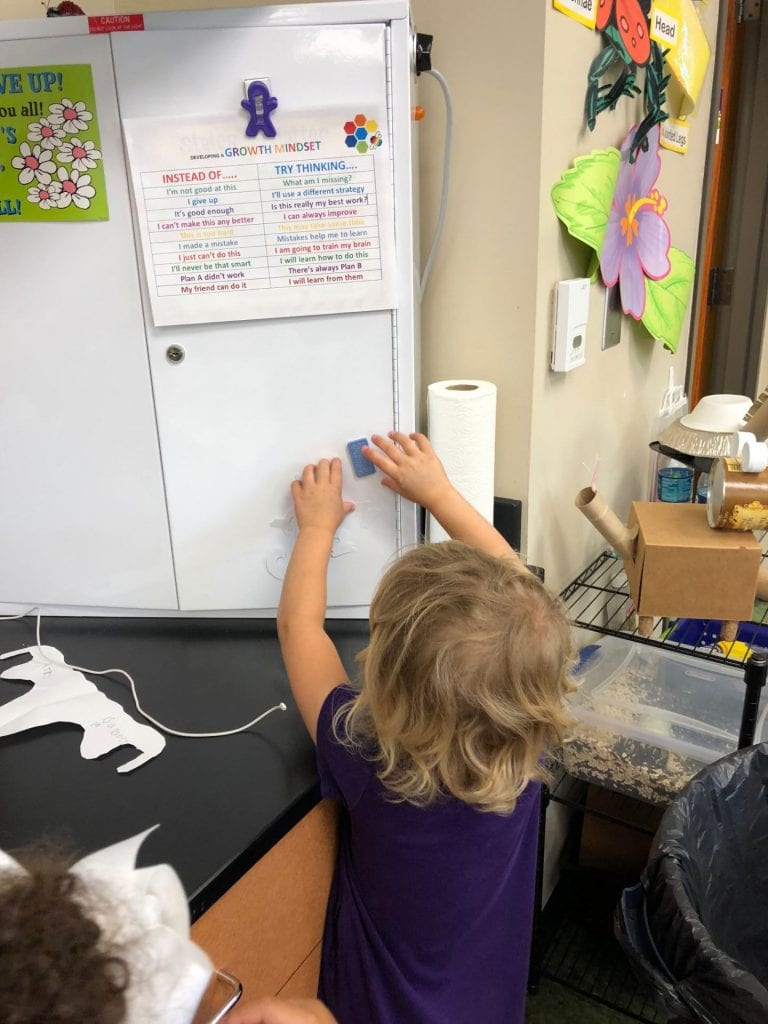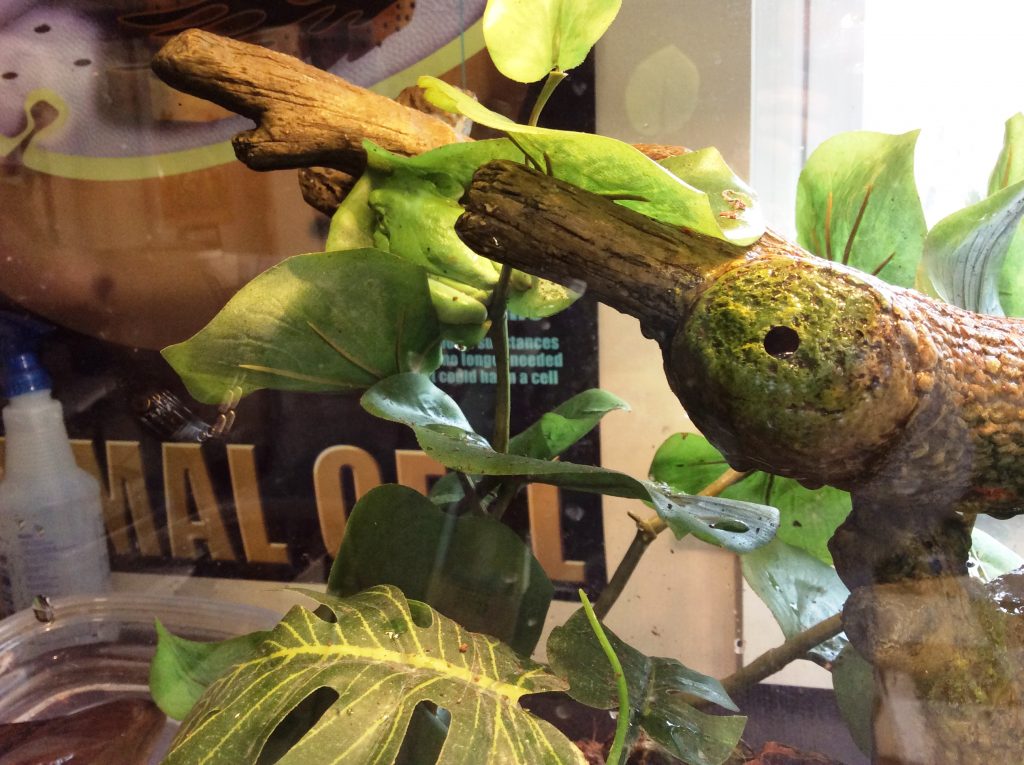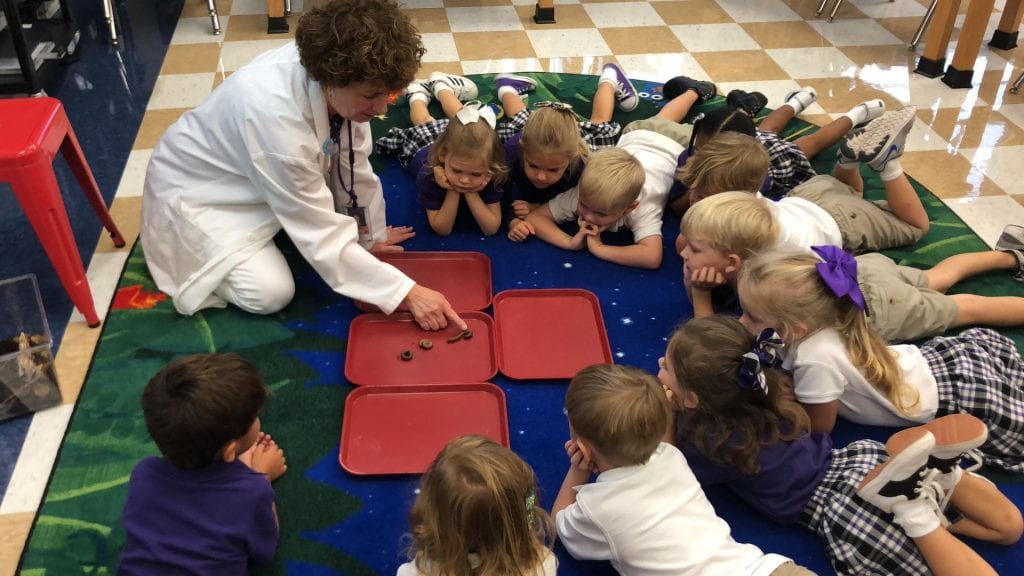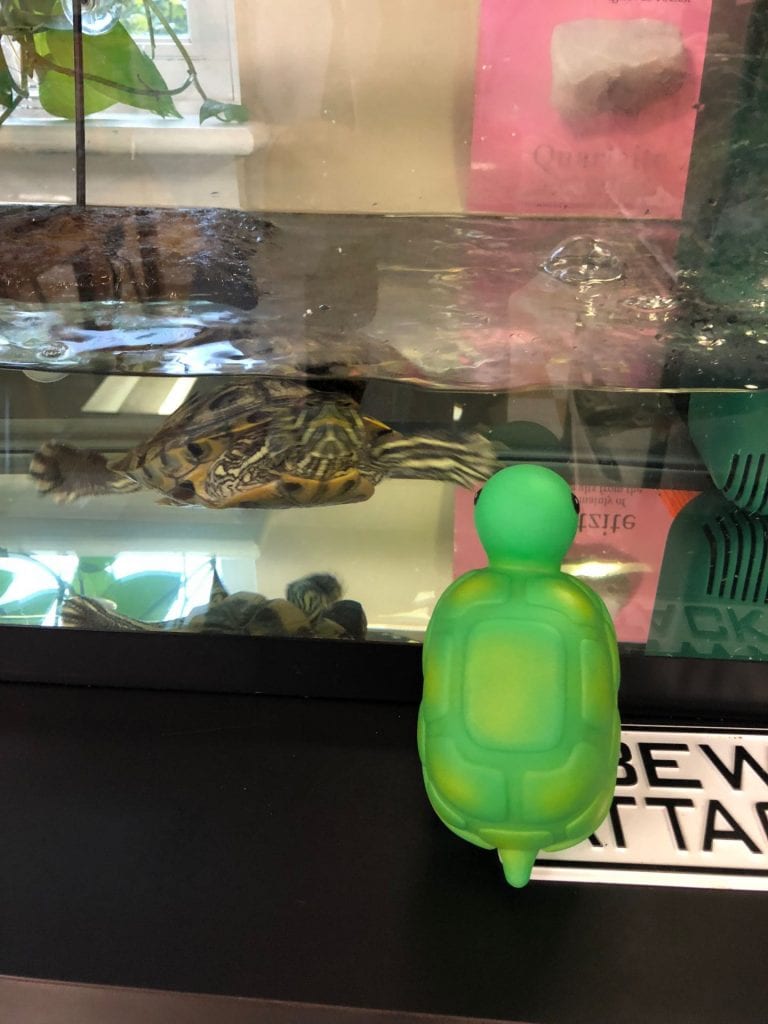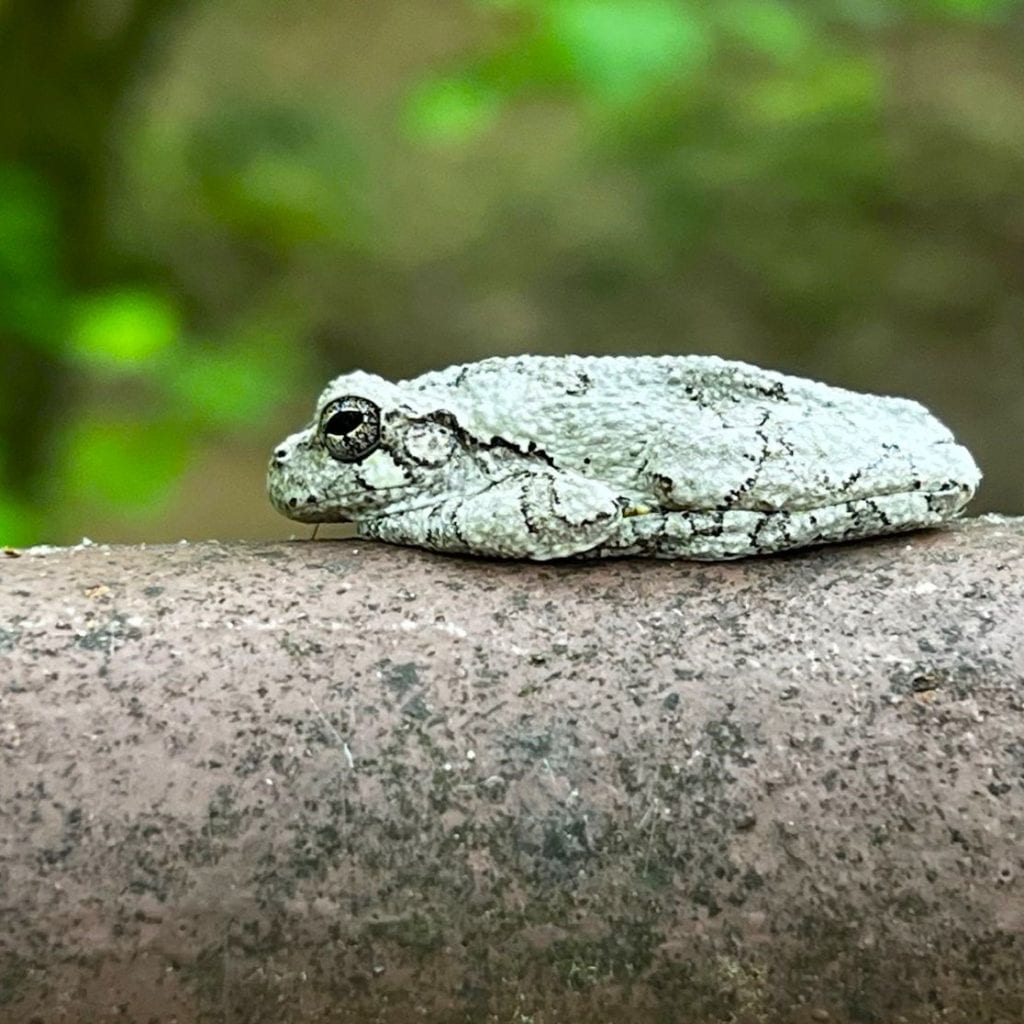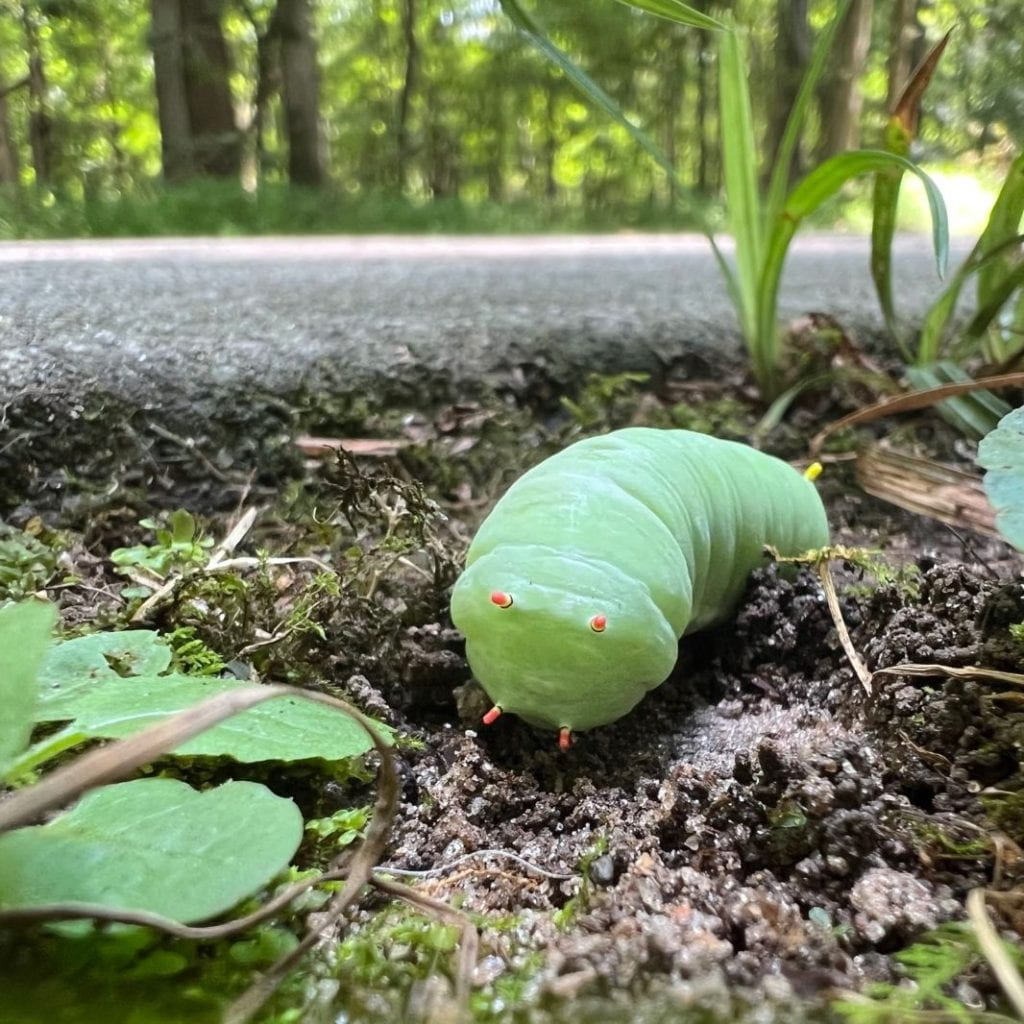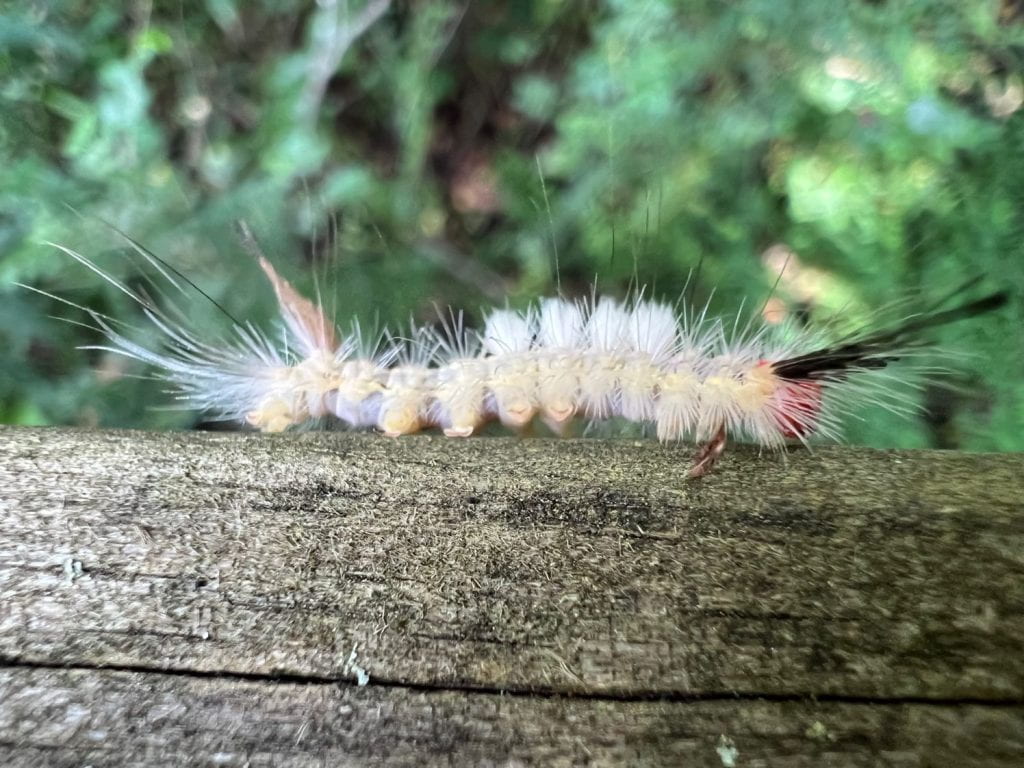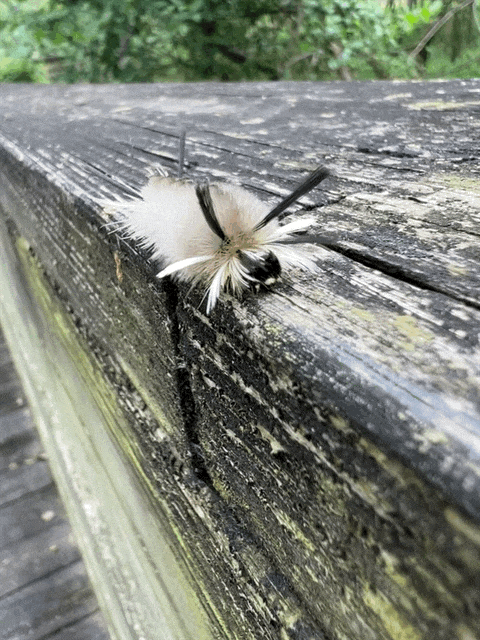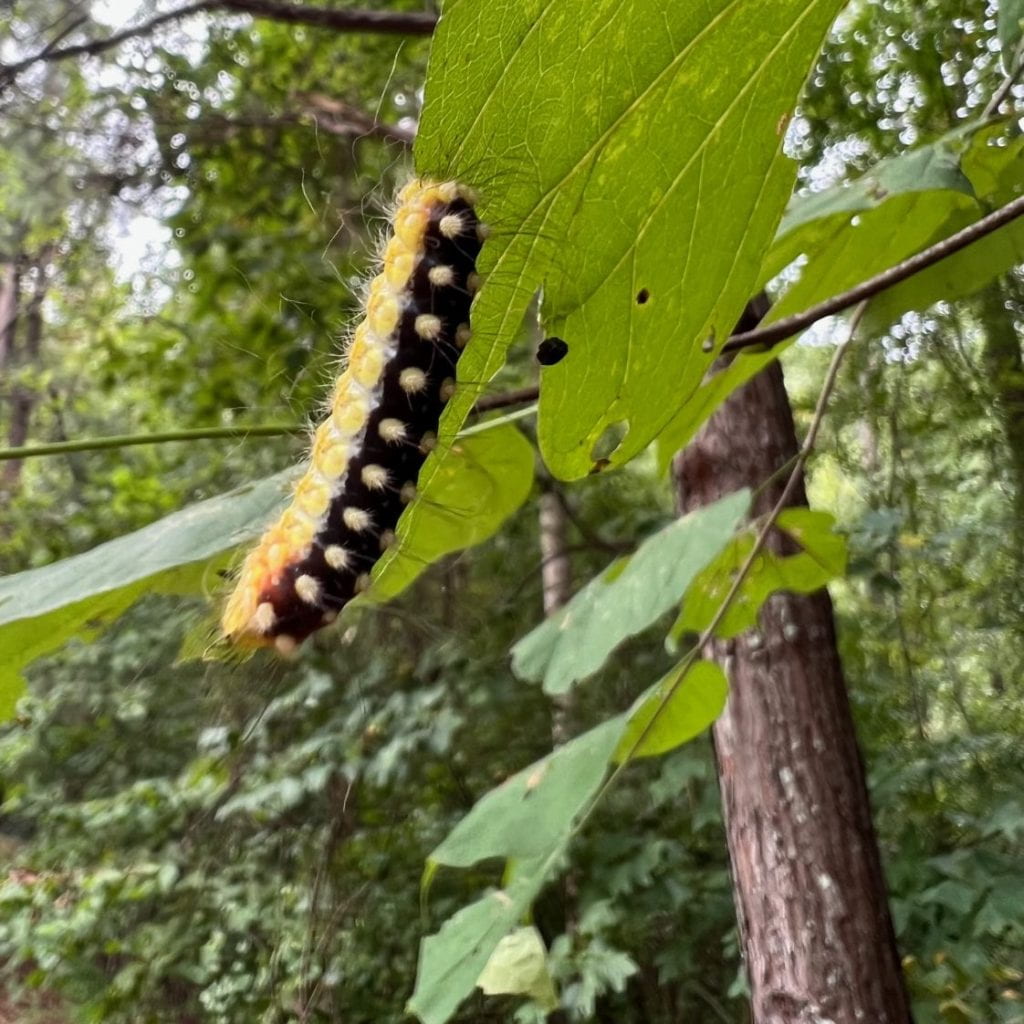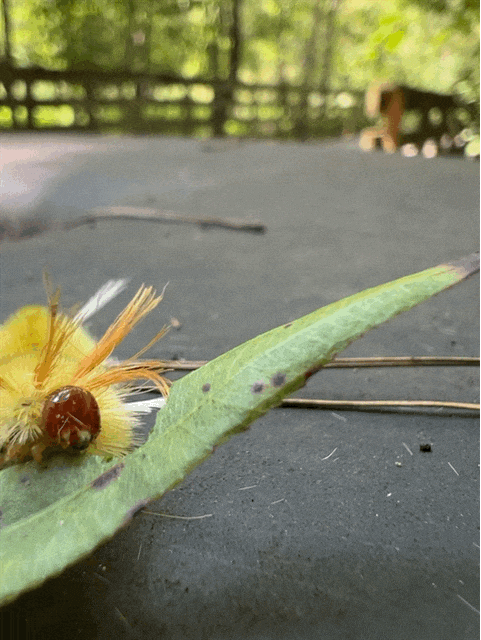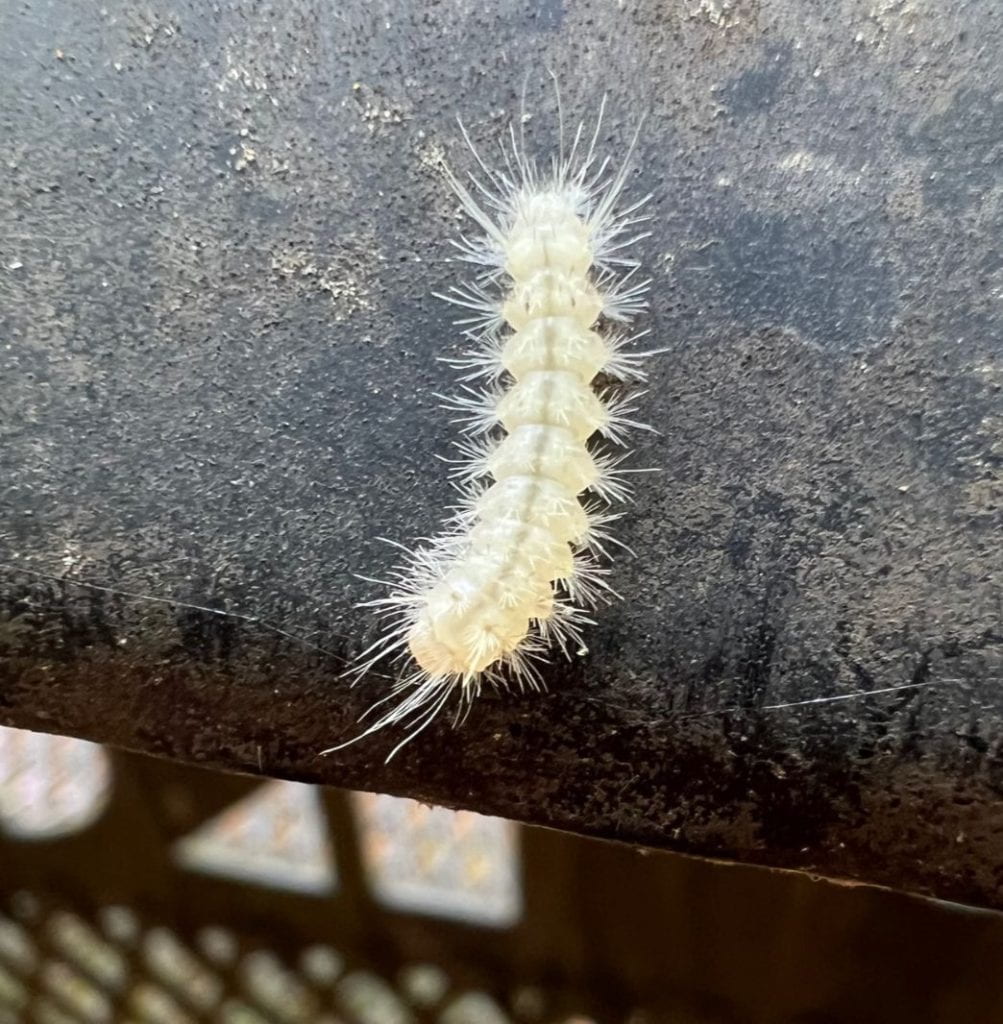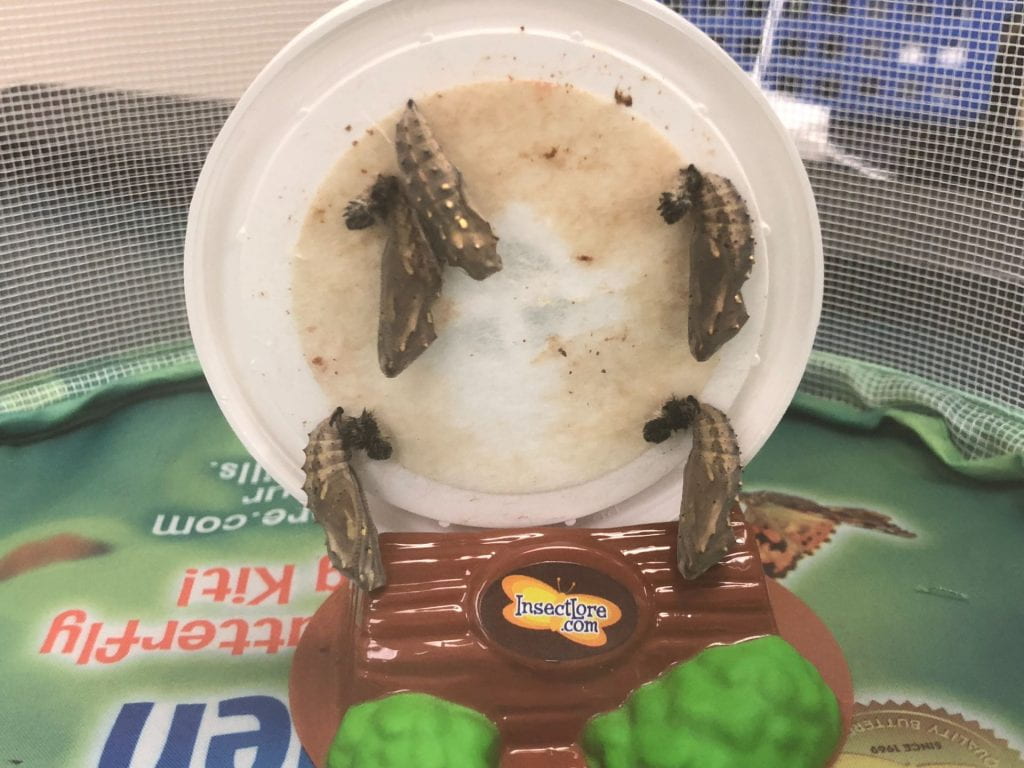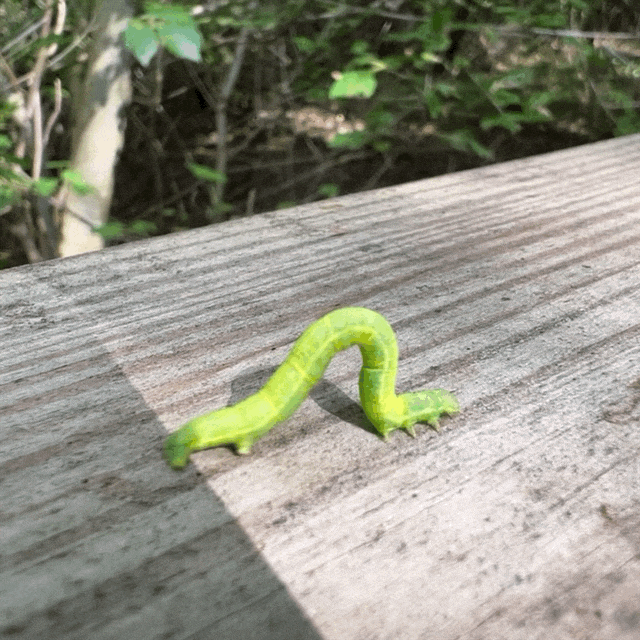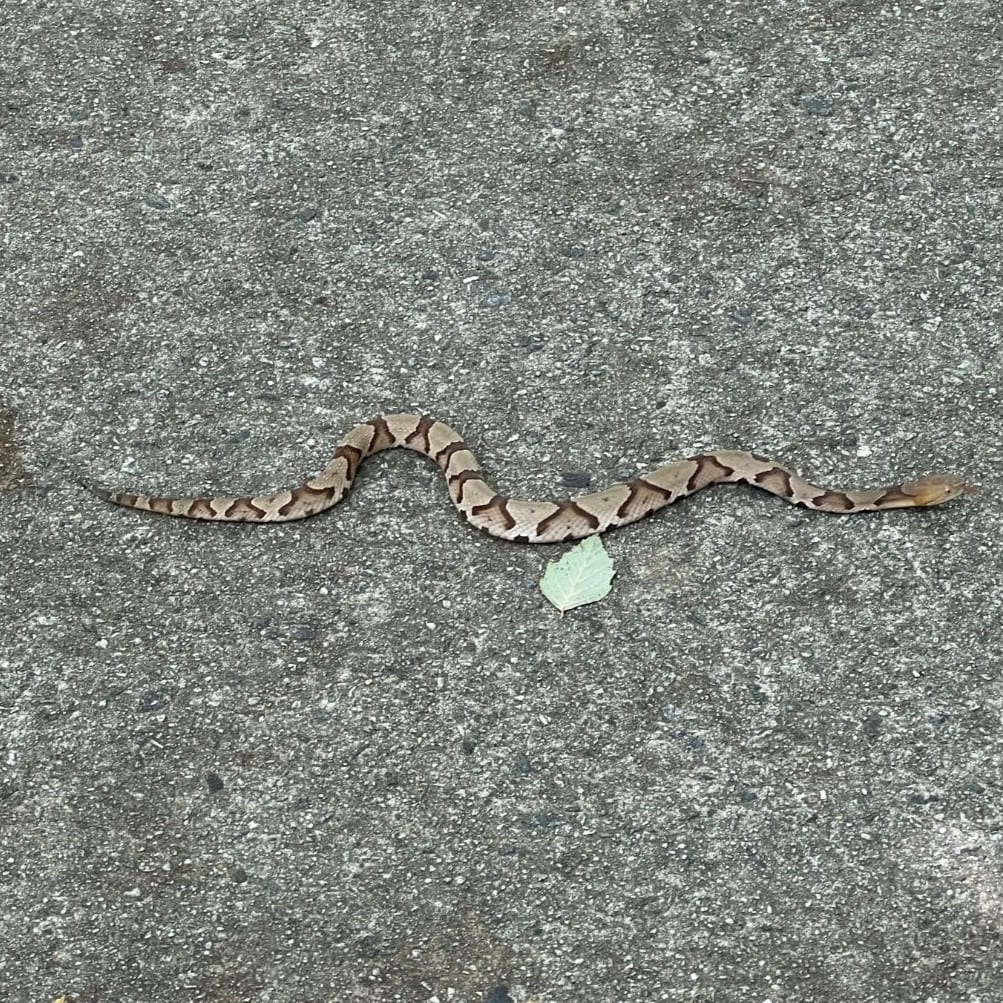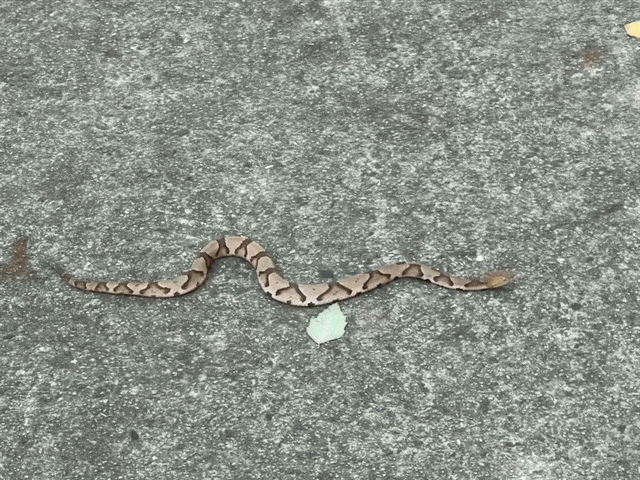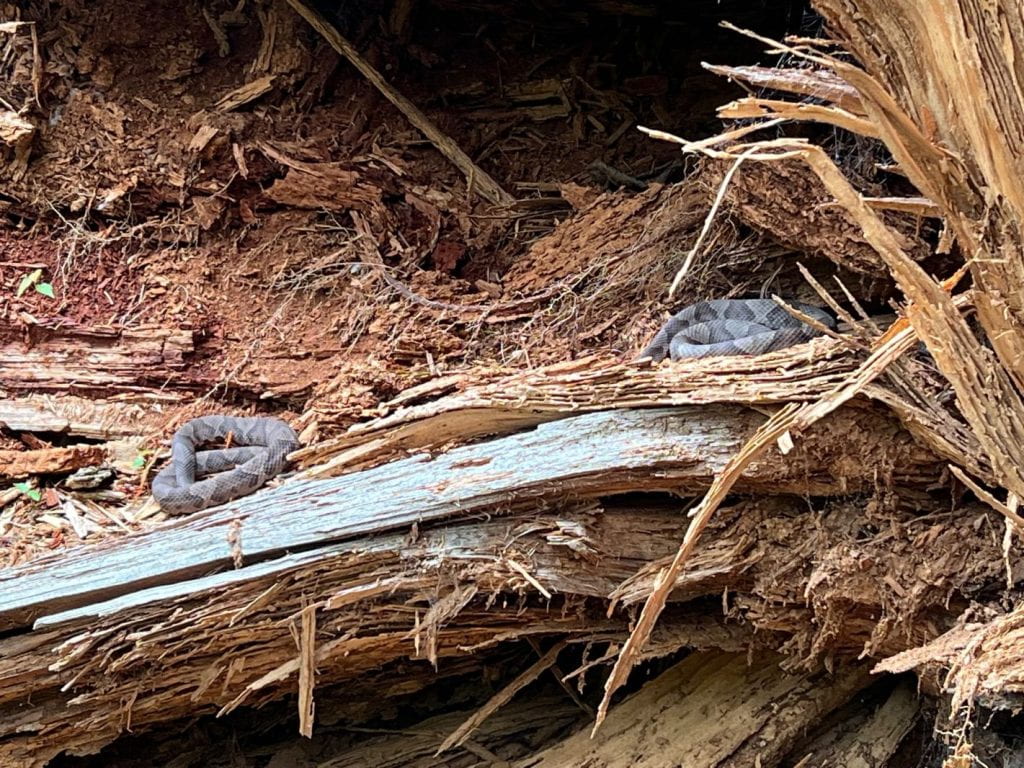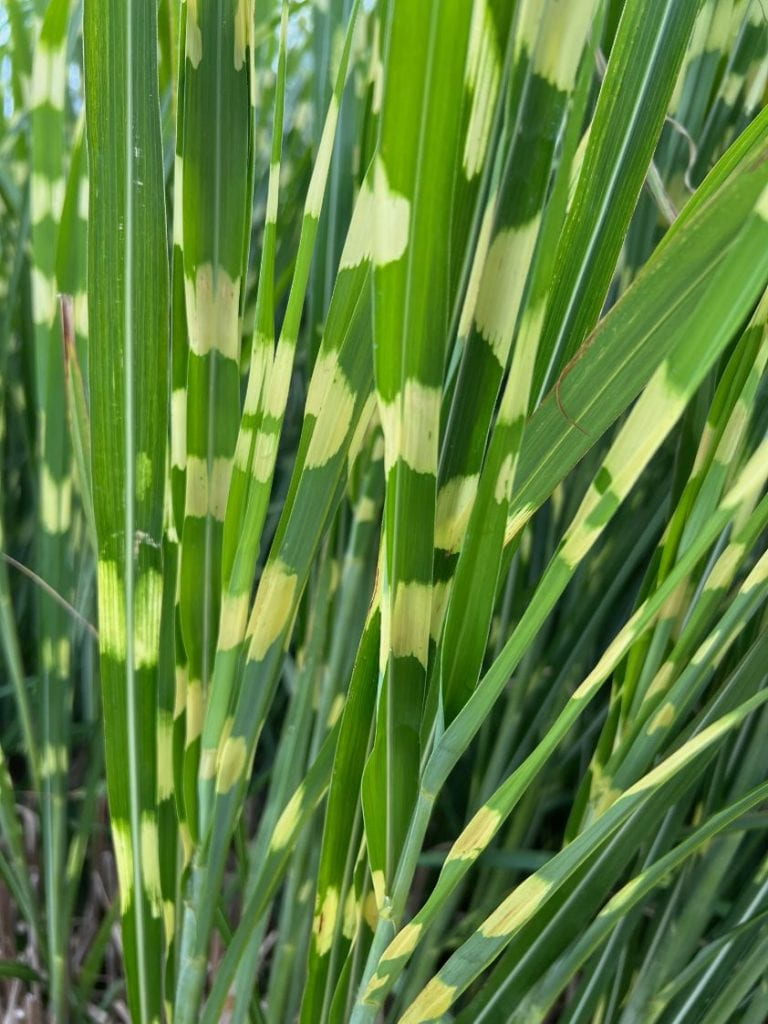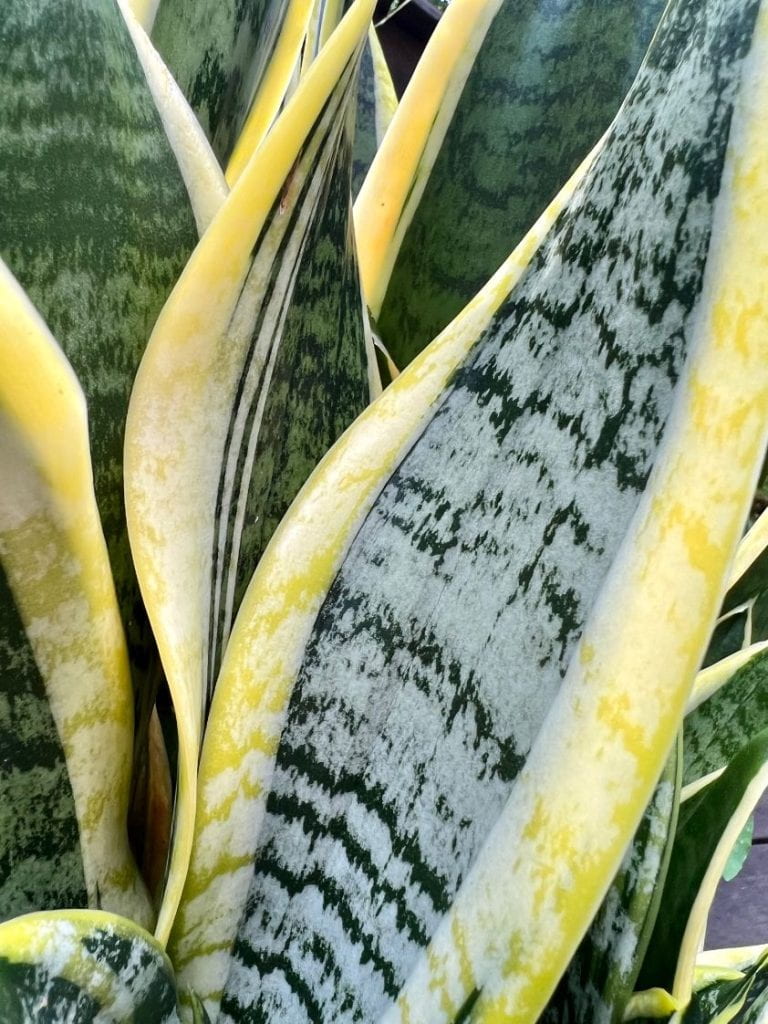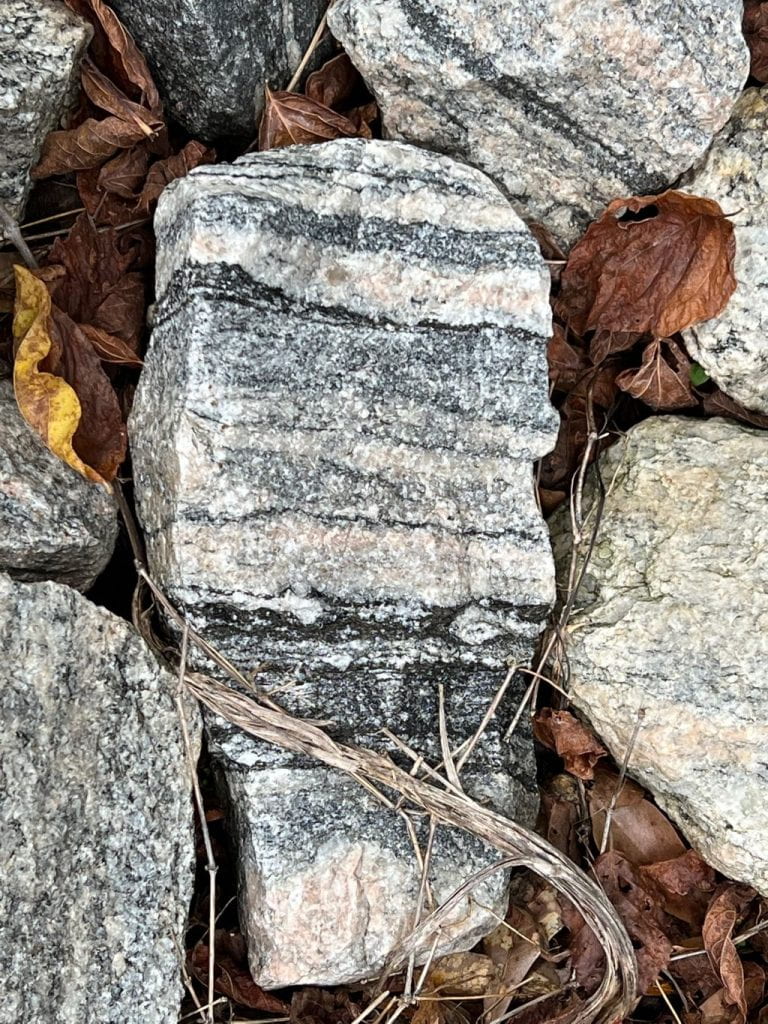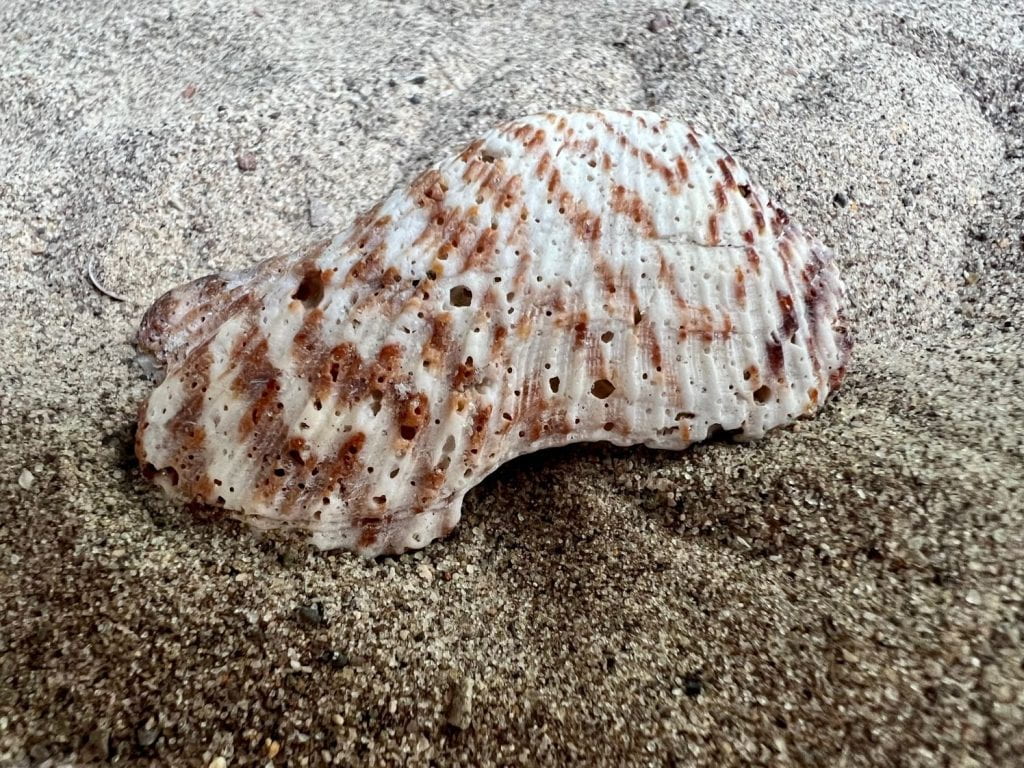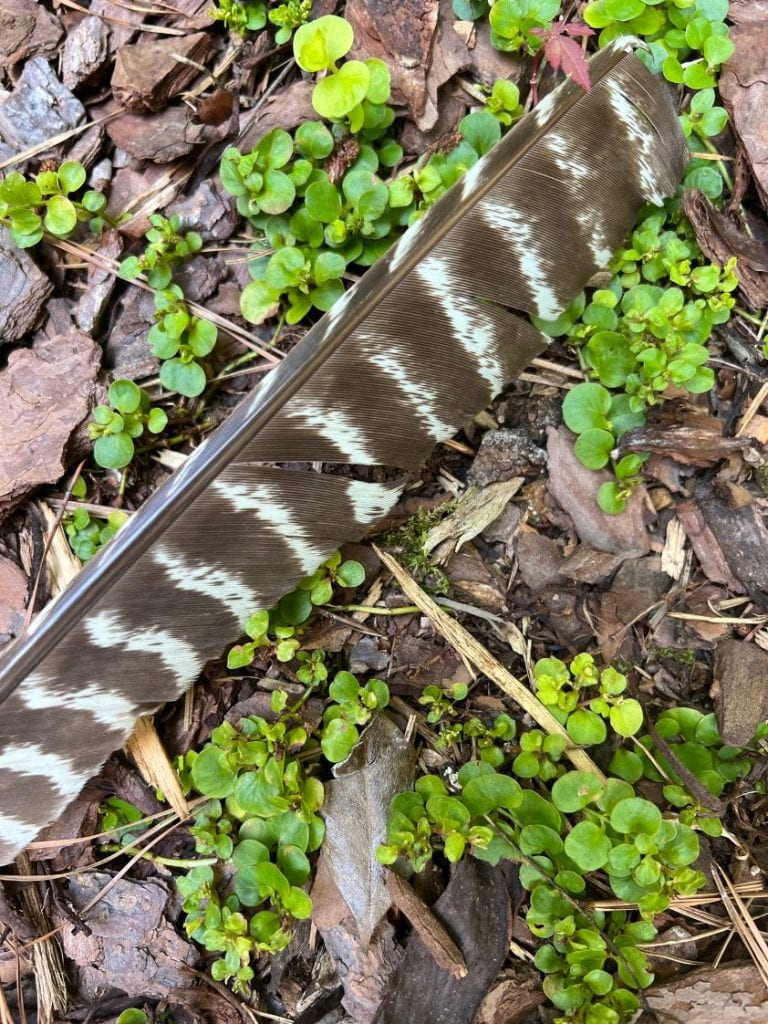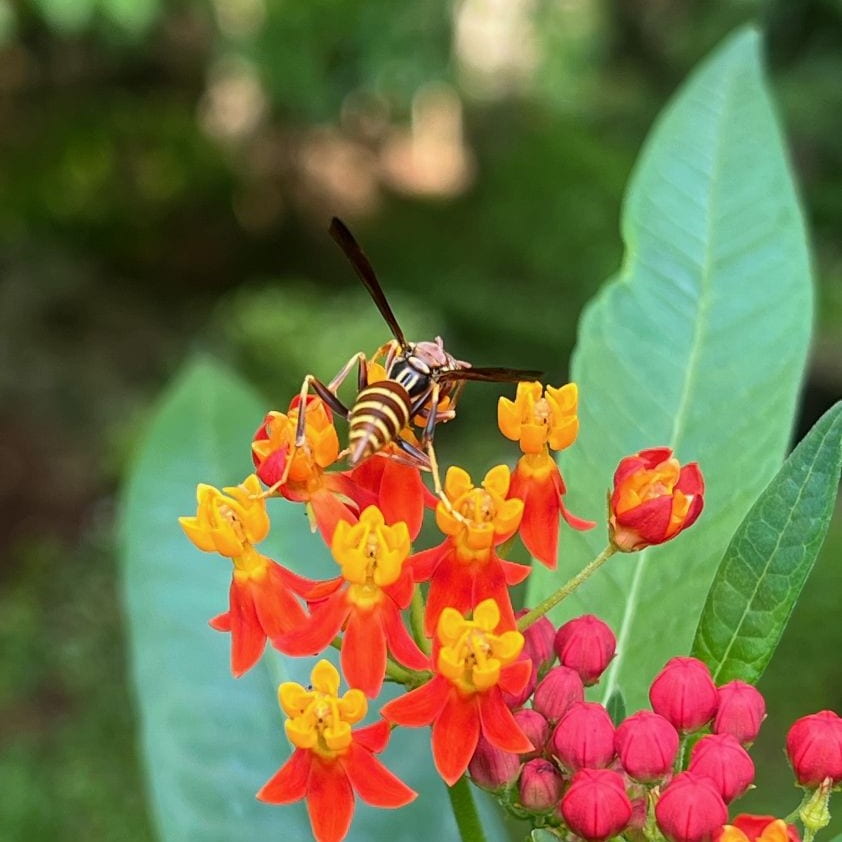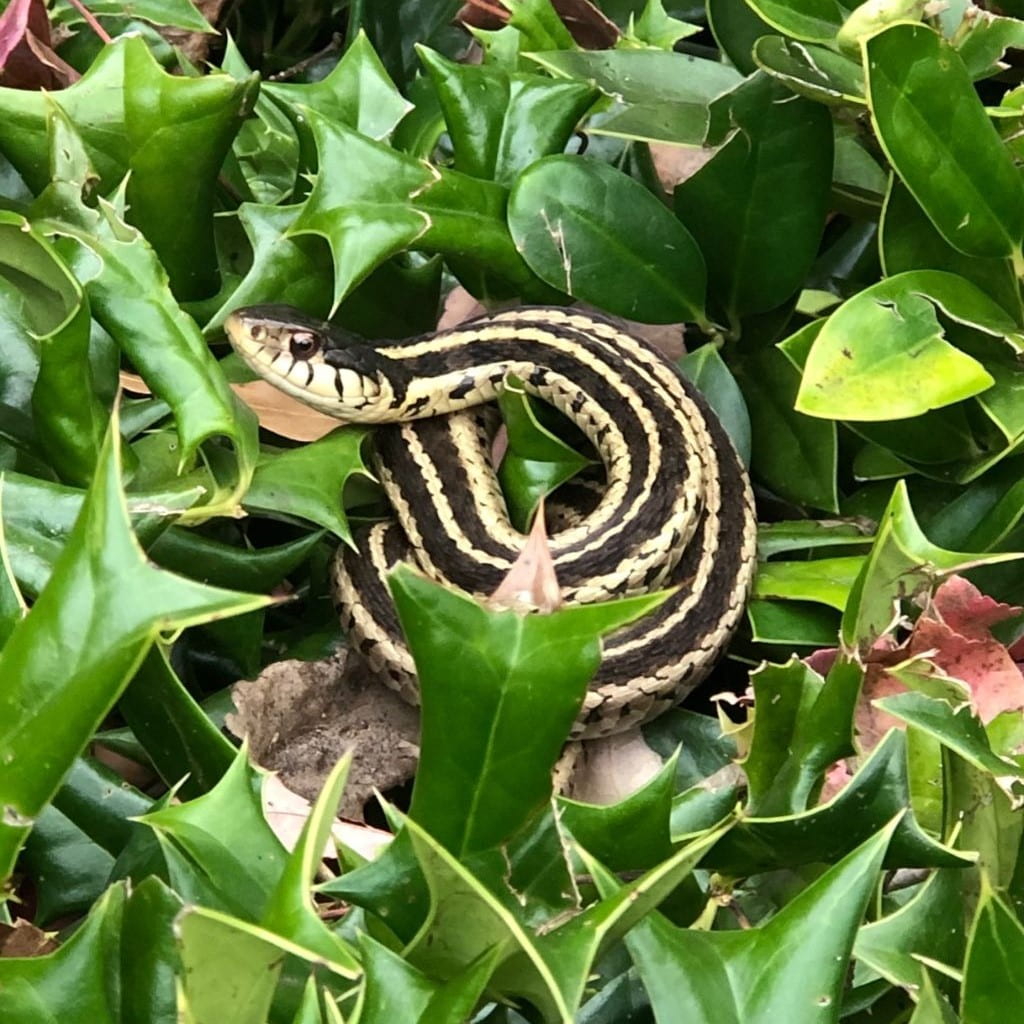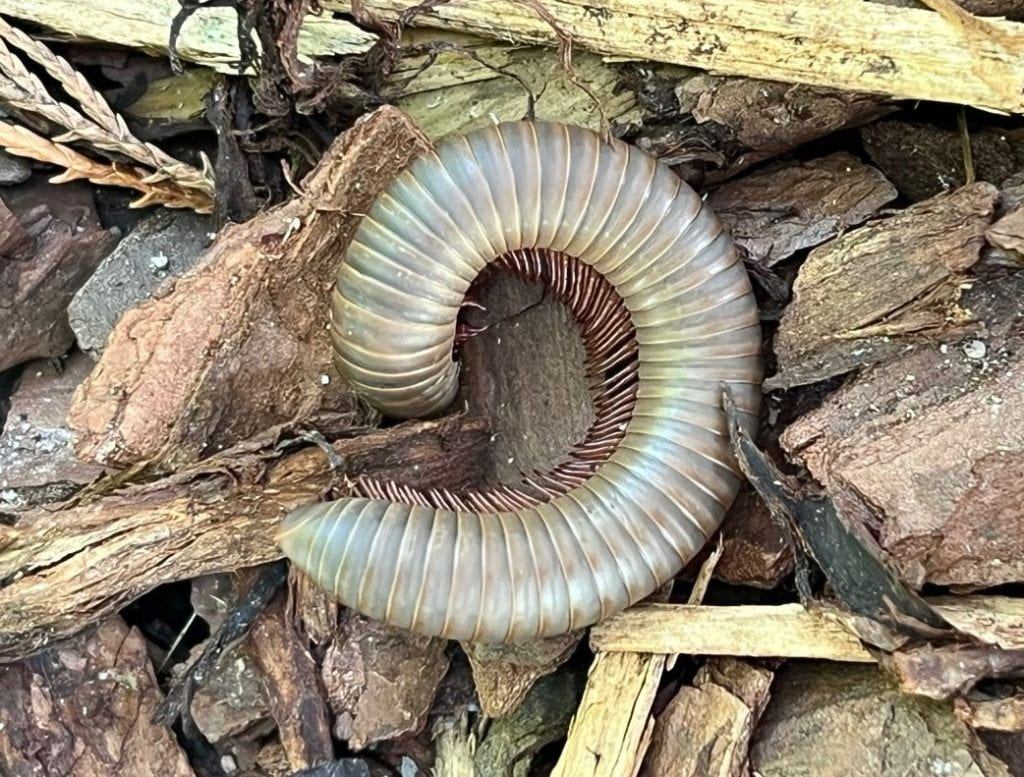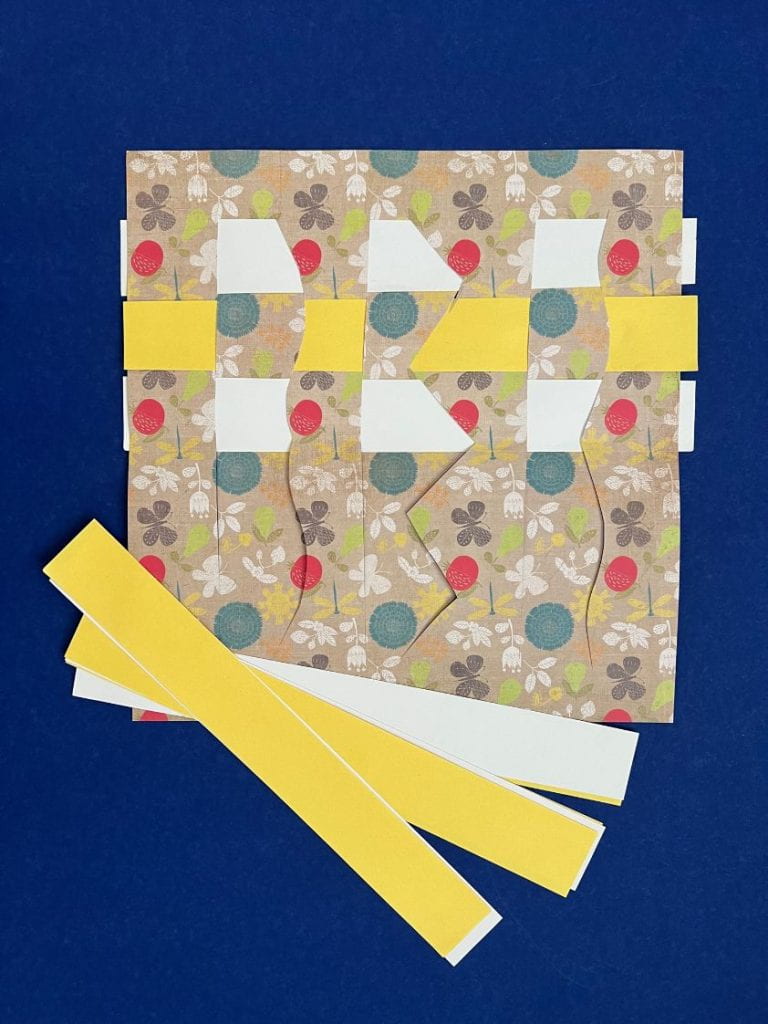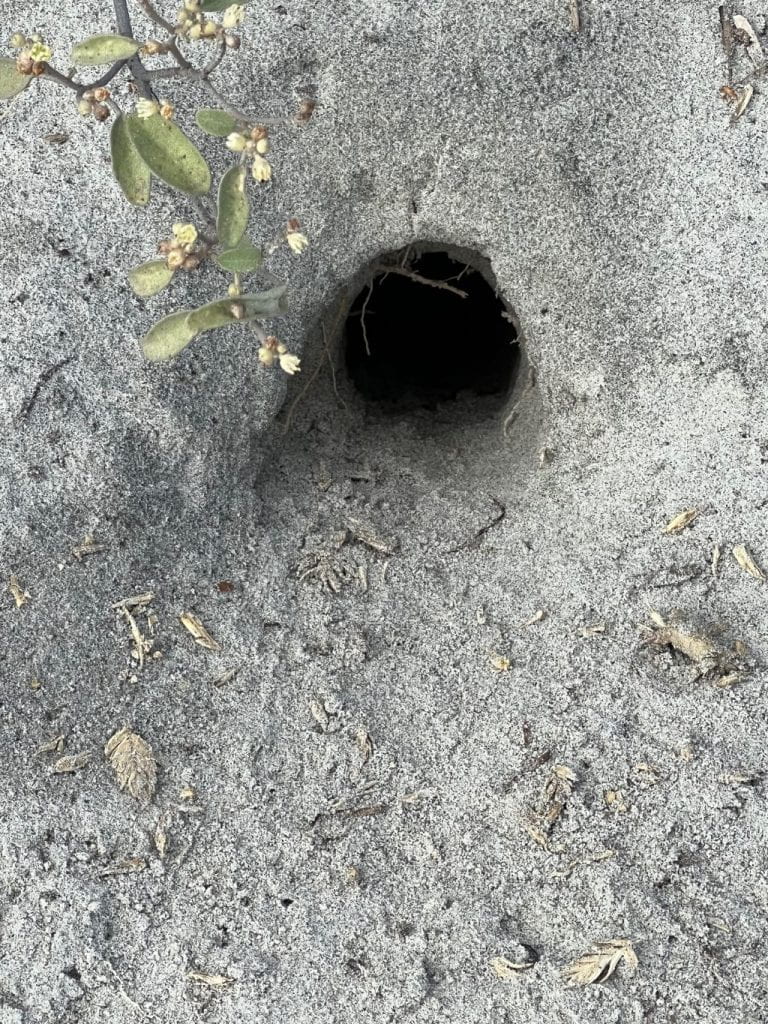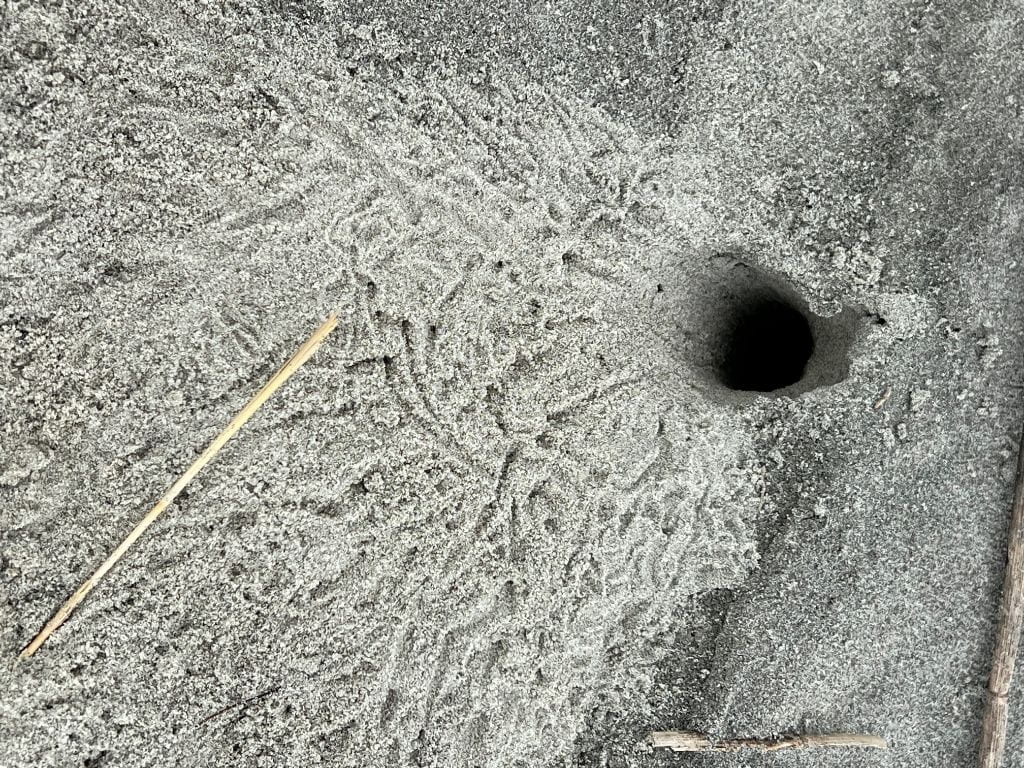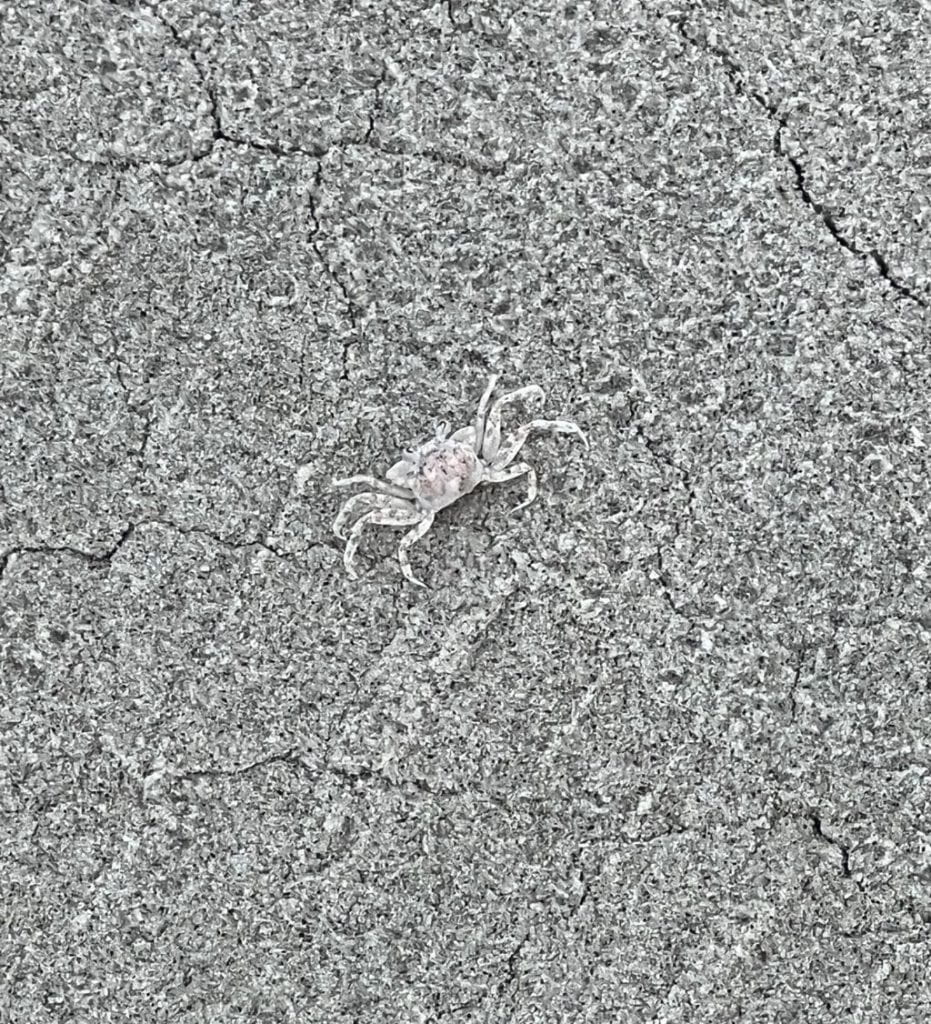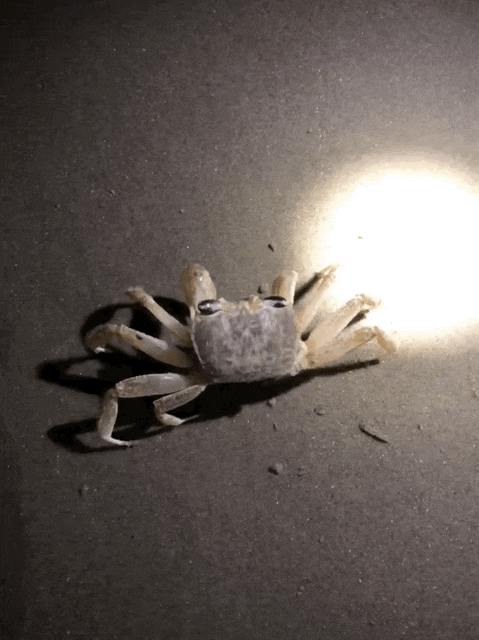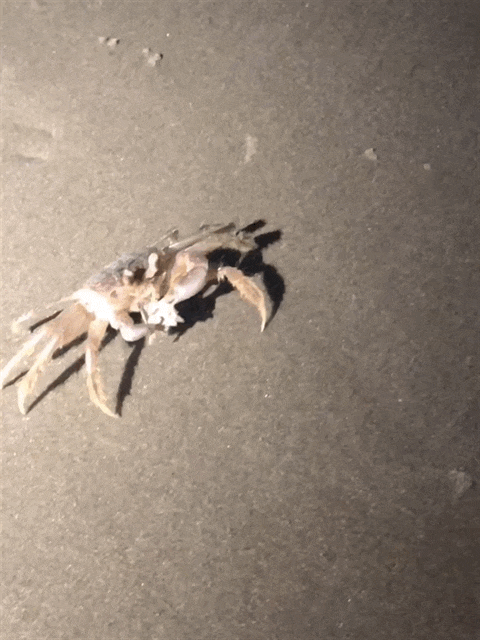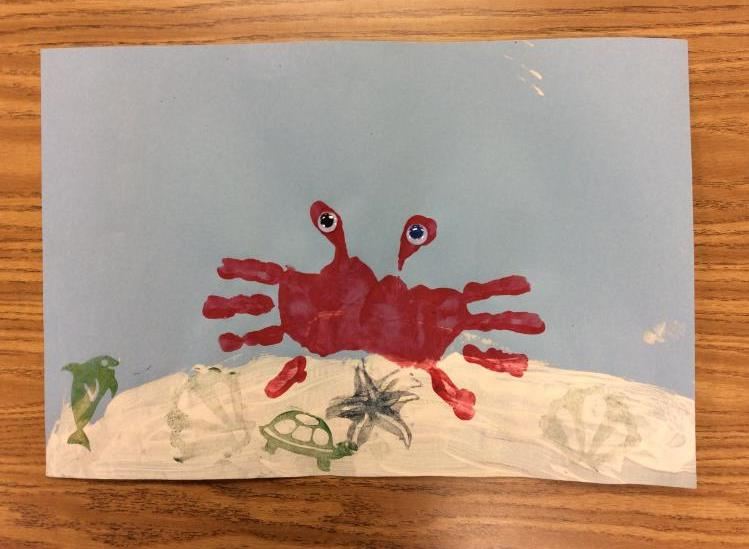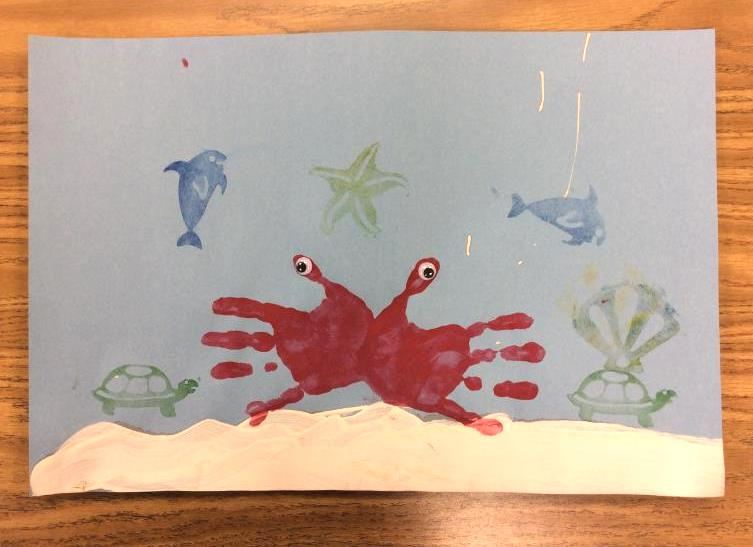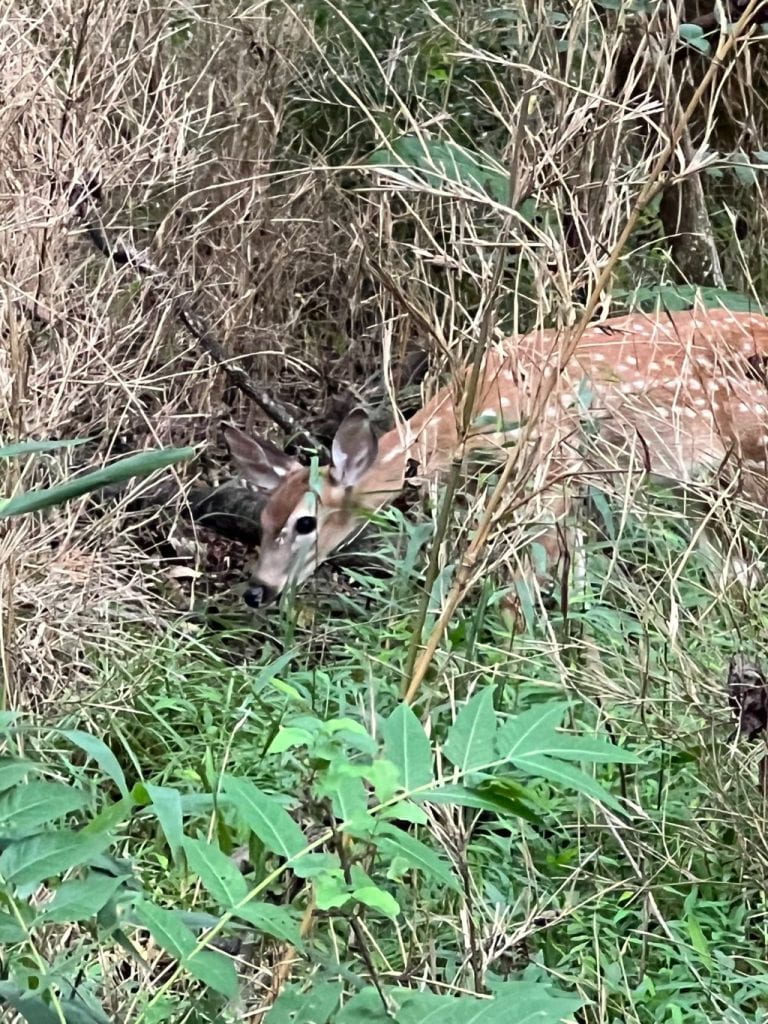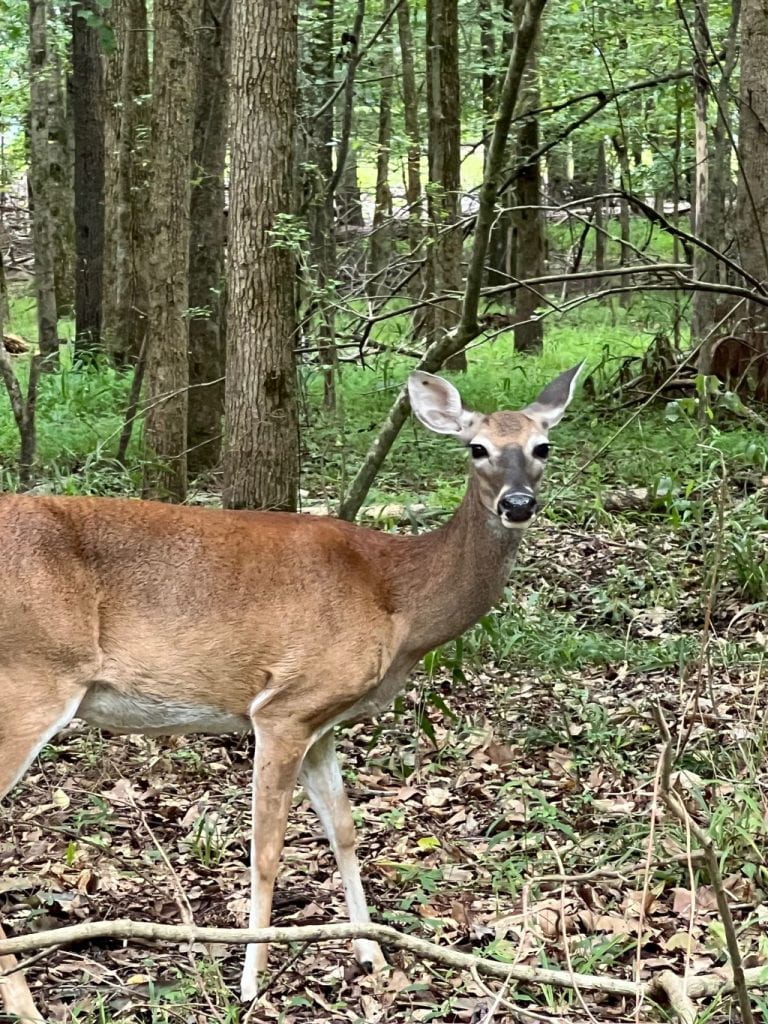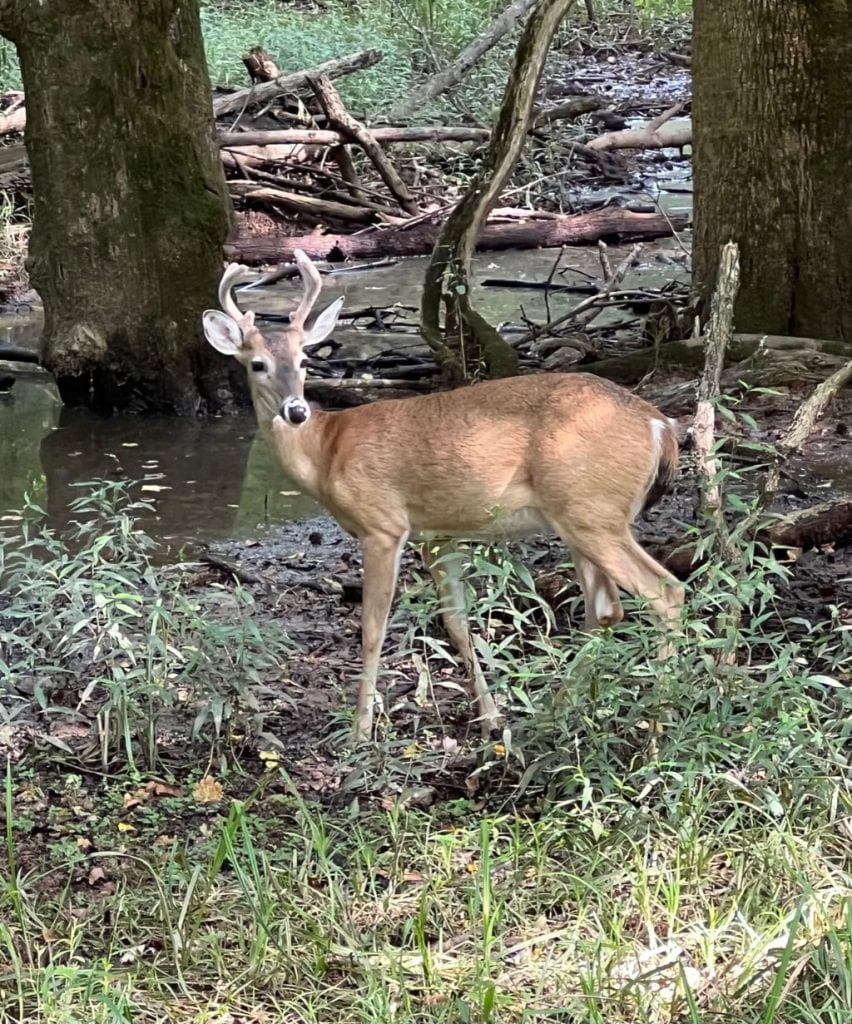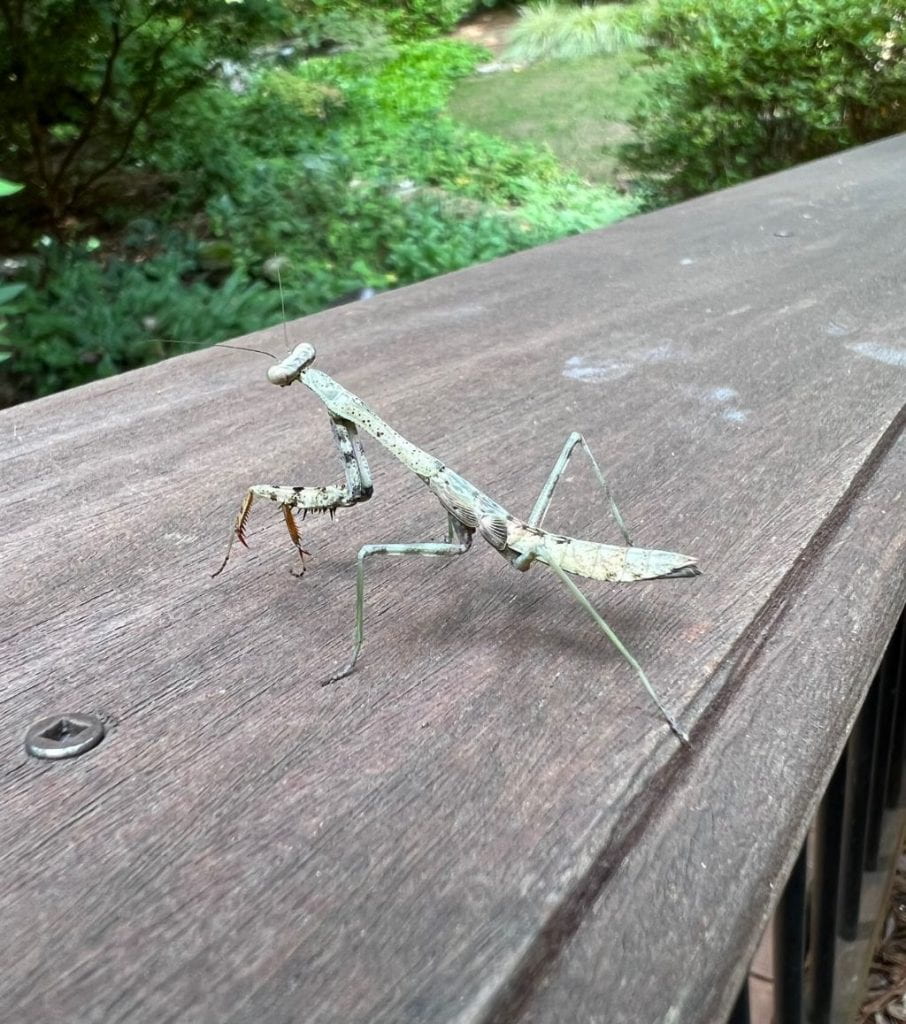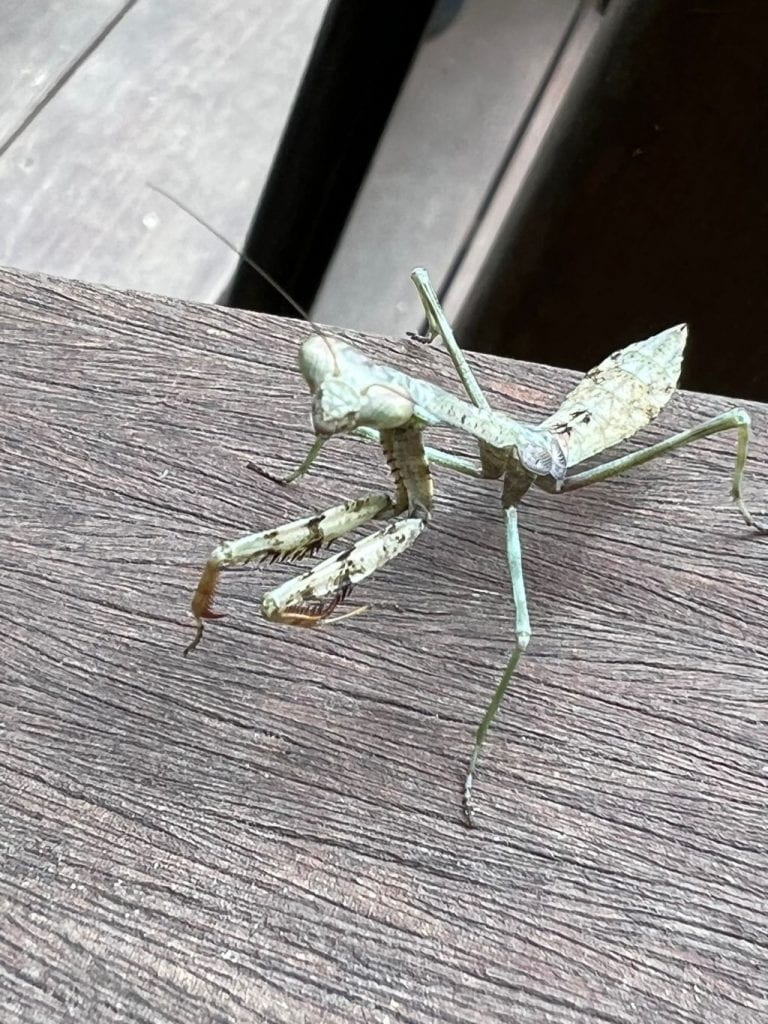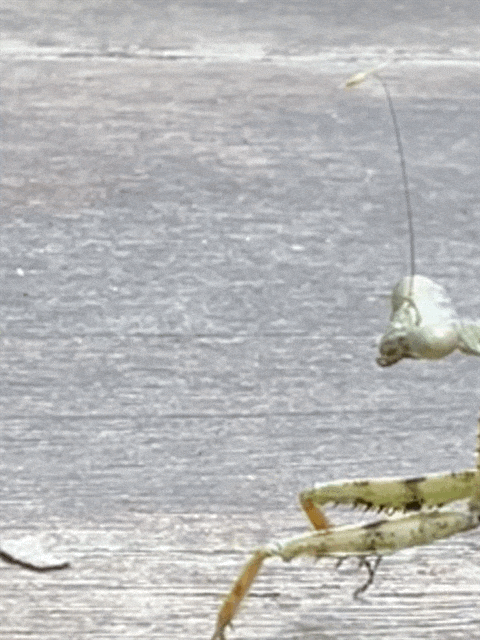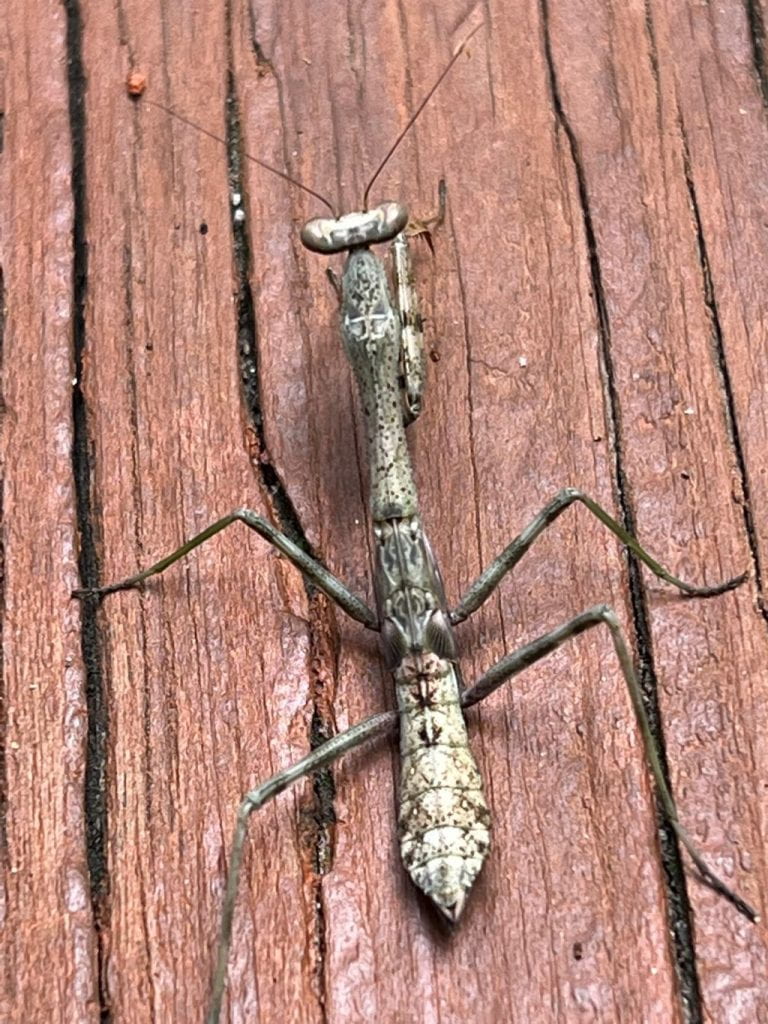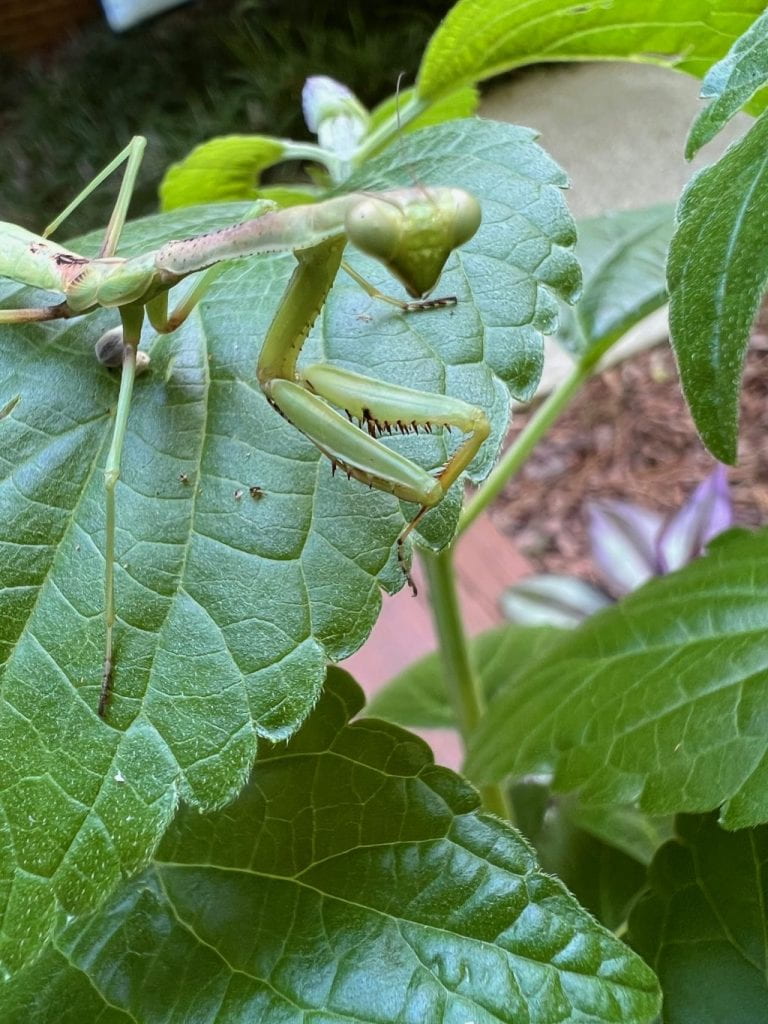Camouflage
When I hike, I am always watching for animals, but many animals in the woodland ecosystem use camouflage as a defense mechanism, so it is not an easy task! Can you find the animals in the photos below?
My PreK students always enjoyed the camouflage game. After cutting-out lizards from colored construction paper, I placed the lizards on objects of identical colors to camouflage them. My young scientists wandered around the room trying to spot them. Click here to go to that post. During an evening lock-in, we did this activity in the dark, and the children used flashlights to find the animals. Play this game at home with any objects. Small stuffed animals, like Beanie Babies, are a great choice.
Why is the female duck camouflaged? She needs to protect her young from predators in her nest.
Click here for the Safeshare link. Listen for the different types of camouflage. Animals use color, patterns and mimicry. Do predators or prey use camouflage?
Why would a stagehand want to wear black and an umpire stripes? Sometimes we want to blend in and at other times stand out! Brainstorm other examples.
Read Elmer, a story about an elephant who wanted to fit in but was born to stand out! Let your true colors shine through! Click here for the Safeshare link.

